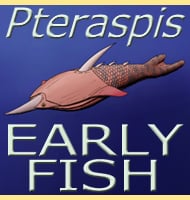Proticia
In Depth Proticia is a genus of mammal that lived in Venezuela during the early Eocene. Further Reading - A primitive pyrothere (Mammalia, Notoungulata) from the early Tertiary of Northwestern Venezuela. Fieldiana (Geology) 33:397–422. - B. Patterson - 1977.
